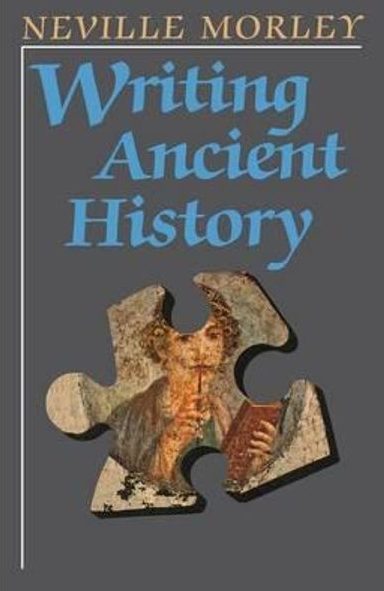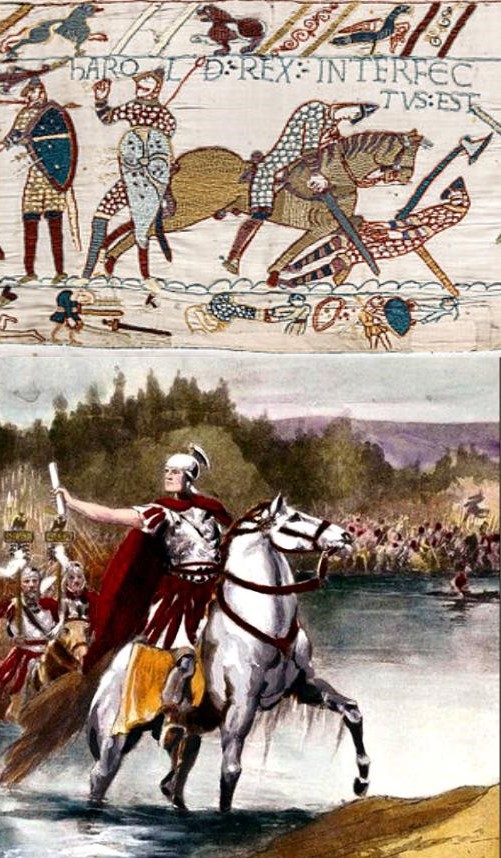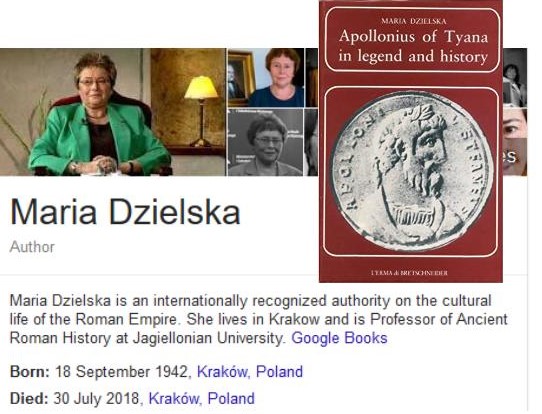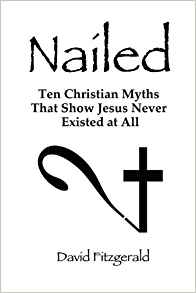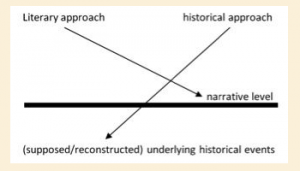
This post is a presentation of a few of the key points set out by Steve Mason in his 2016 study A History of the Jewish War, AD 66-74. The points are taken from the first part of his second chapter titled Understanding Historical Evidence. I found his explanation a most enjoyable read because it coheres so closely with the explanations of other historians I have posted about here and it offers a strong correction to the way so many historians, especially those in theology departments, have tended to do history.
Most of the post is a paraphrase or quotation of some of Mason’s points except where I have introduced my own voice or given examples relating to Christian origins or the historical Jesus and the uses of the gospels as sources. I have sometimes reformatted Mason’s text and any bolding added in the quotes is my own; italics are original. So let’s start.
–o–
It is mistake to pick up a primary source like Josephus’ War or Plutarch’s Lives or the Gospel of Luke and think we can just “extract raw facts” from them “while ignoring their nature, structures, and themes.” Before we can take anything as a fact we need to understand what, exactly, our sources are and if they are even capable of answering questions we would like to put to them. But too often
Historians are often impatient with theory. We feel that we know what we are doing, and abstract philosophizing can get in the way. We should just get on with the hard work.
(Mason, 61)
Too often historians and their readers think that all that is required is to follow wherever the evidence leads in order to produce an authoritative account of the past. If a historian or philosopher of history starts talking about analysing literary sources as literature before using those sources to elicit facts to tell us what happened in the past some voices will protest that such a procedure is only for the “literary types” and not relevant to the historian. Mason’s warning is worth taking seriously:
In the final months of preparing this book I have heard professional historians express such views as these: History is the past or an authoritative account of it; historians must follow the evidence and avoid speculation; history concerns itself with elite literary texts and neither material evidence or the life of ordinary folk, which are the province of archaeologists; historians are either maximalists or minimalists, realists or postmodernists, left-wingers or conservatives, or they fall in some other two-kinds-of-people scheme. A problem relevant to this chapter is the notion that those who care about the meaning of texts must be literary types unconcerned with the actual past. And these positions are held by historians. If we include more popular ideas about history, including those espoused by political leaders and school boards, the picture becomes bewildering.
(ibid)
Mason cites a reviewer of one his own works to illustrate the point. I can cite a critic of my approach studying the gospels who makes the same point graphically:
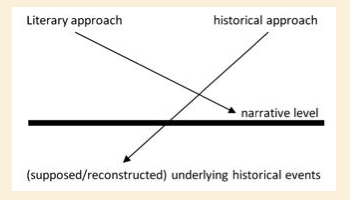
(I was surprised to see that even Matthew Ferguson appears to accept that stark division of labour between historical and literary approaches to a source text so I have to suspect that this misleading concept is more prevalent than I would hope and that Mason acknowledges.)
Our job description
A common belief is that history can be discovered by a painstaking effort to sort through sources and extract the facts of the matter from them. Sometimes the sources will be contradictory and then we need to make a judgement about which set of facts to follow. The point that is taken for granted is that the point of the inquiry is to come to know what actually happened. Historians are expected to be able to give an authoritative account of the past. But there is a but: in ancient history the nature of the evidence simply does not allow us to “know” in the way we would like.
Ancient historians must make their peace with uncertainty because that is where the nature of surviving evidence requires us to live much of the time. Our job description is to investigate responsibly, not to know what happened.
(ibid, 63)

